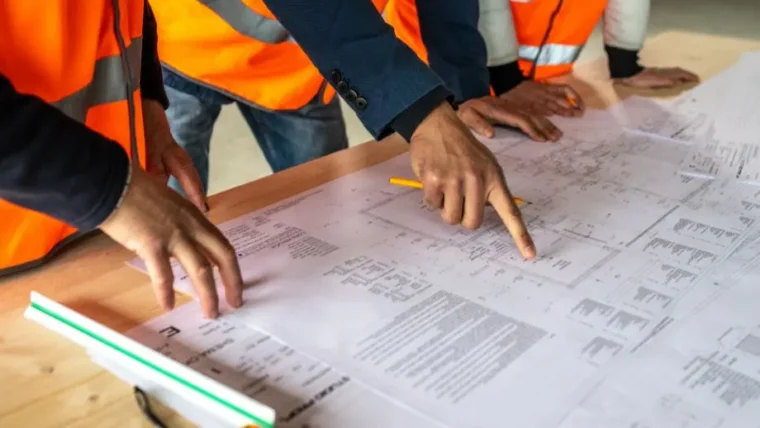
Sustainable procurement has become an important agenda for businesses seeking to improve their commitments to sustainable development. Increasingly, key decisions are being informed by sustainable practice and reputation. Demonstrating that you have embedded sustainability in your business practice and supply chain could have a positive impact on how the consumer perceives your business.
Sustainable procurement can also help to save money, reduce waste and improve competitiveness and build a business’ reputation.
Traditional procurement has focused on value for money considerations. However, sustainable procurement aims to integrate environmental and social considerations into the procurement process, with the goal of reducing adverse impacts upon health, social conditions and the environment. By using their purchasing power to choose sustainable products, services and works, businesses can make an important contribution to sustainable consumption and production.
“Procurement that has the most positive environmental, social and economic impacts possible over the entire life cycle” (ISO 20400 Standard).
Sustainable procurement is about taking social and environmental factors into consideration alongside financial factors in making procurement decisions. It involves looking beyond the traditional economic parameters and making decisions based on the whole life cost, the associated risks, measures of success and implications for society and the environment. Making decisions in this way requires setting procurement into the broader strategic context including value for money, performance management, corporate and community priorities.
Sustainable procurement should consider the environmental, social and economic consequences including:
- The environmental, social and economic consequences of design;
- The entire life cycle of products/services;
- The effects on the environment that the assets, products and/or services have over the whole life cycle;
- Social aspects i.e. labour conditions, human rights, inequality in the distribution of resources;
- Non-renewable material use;
- Manufacture and production methods;
- Suppliers’ capabilities to address these consequences throughout the supply chain.
In order to develop a genuine sustainable supply chain, businesses need to embed sustainability into their corporate philosophy, business model and approach to the design of the product or service as these are the levels were important decisions and fundamental change are made.
Tip: Audit your organisations’ purchasing systems and supply chain against the ISO2040 standard. This enables you to gain an understanding of sustainable procurement and the sustainability impacts and considerations across various aspects of you procurement activity, whilst providing scope for methods of implementing sustainable procurement.









